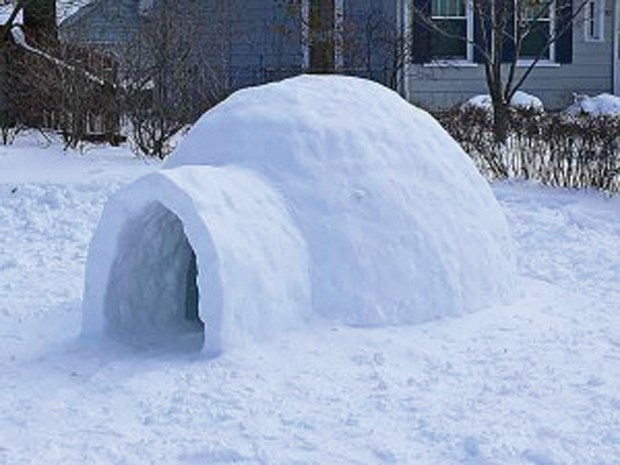Once my parents decided to emigrate from Germany to Canada in 1956, my mother went to the bookshop in our hometown and ordered a map of Vancouver.
When the map arrived my mother was nonplussed. It couldn’t possibly be a proper street map, she told the shop clerk. It must be a schematic map. The clerk asked what she meant. “Look,” said my mother pointing to the map, “all the streets are drawn straight.”
In Europe, small towns and even many of the larger cities had grown organically over the centuries, with streets that twisted and wound around natural elements and man-made sites.
My mother’s suspicion about the layout of Vancouver was understandable, since in her experience streets were rarely straight. Decades on, it seemed that there were still many foreigners who weren’t quite sure what Canada was really like.
Possibly when they thought of North America, it was the United States that loomed large in their mind, and that vast territory north of the border hovered at the edge of their mental picture, slightly out of focus. Their imagination had not yet explored Canada.
Before the advent of mass tourism, a Canadian was a novelty in Italy. During my early years there, in the 1970s, the first question everyone asked was which country I liked best, Italy or Canada.
The second question became just as predictable as the first – wasn’t it terribly cold in Canada, so far north? But the questions that followed occasionally boggled the mind.
When someone asked me, in all seriousness, if we still lived in teepees, my sense of the ridiculous was aroused. I decided that the next time anyone expressed curiosity about Canadian living accomodations, I’d show them a picture. The particular photograph I had in mind was taken one year during a heavy snowfall on my father’s birthday, March 15.
It must have been a weekend because my father spent all day building an igloo in our backyard on Leslie Road.
My father was a master craftsman, and the large igloo he constructed was an architectural wonder. When it was finished he suggested my mother and I have our tea inside.
Then he photographed us, holding mugs of steaming liquid and peering out the igloo door. I remember that more than one person in Italy to whom I showed the photograph had no idea I was pulling their leg when I explained it was of our house in Canada.
Compared to a country like Italy, with a cultural and political history dating back thousands of years, Canada is fresh and new-born, a country where history began so late and moved so fast that living witnesses to the early events can still be found.
Over the last two years, four giant sturgeon have been caught in the Fraser River — it’s believed their life began when Canada became a confederation, in 1867. Moving from water to land — there are likely to be a few trees surviving from the time when the site of the future Vancouver was blanketed by tall evergreens.
And we went from that primordial forest almost directly to the straight streets that so amazed my mother.
Sabine Eiche is a writer and art historian



